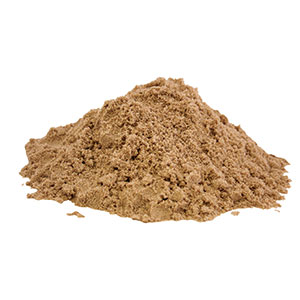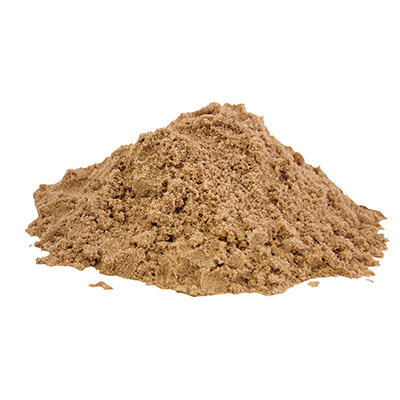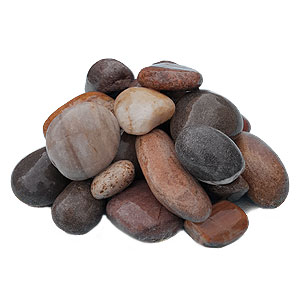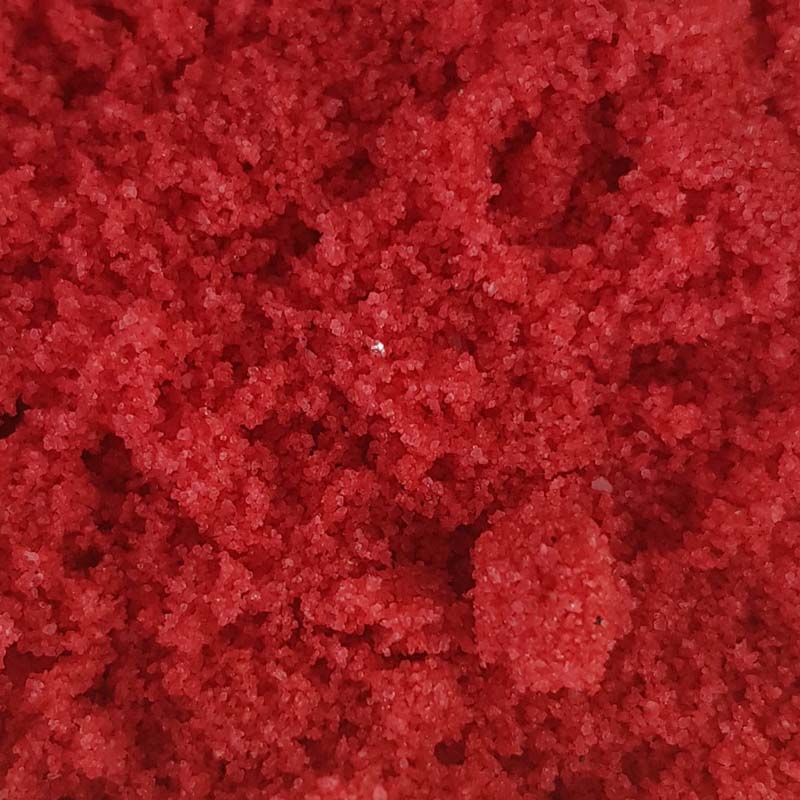Choose the perfect location
You'll want to choose a firm and level area of the garden to dig your sandpit, and it should be in a spot that has good drainage. Avoid areas that are often wet or susceptible to flooding as this could lead to your sandpit becoming waterlogged.
It's a good idea to position a sandpit that is half in the sun and half in the shade. Sun exposure will help to keep the play pit sand dry, while the shade will offer sun protection for the kids as they play in the height of summer. Avoid spots that are in direct sun for most of the day as well as those which seem to be shaded and damp all day long.
Finally, you'll want to position your sandpit in an area where your view of it will not be obstructed. Kids should always be monitored when playing in a sandpit, so be sure it's easily viewable from all areas of the garden and from a window in the house.
Dig to a variety of depths
When digging out the hole for your sandpit, you could consider varying the depth to create more opportunities for play. At deeper points, the kids will be able to dig down and create holes or trenches, and there are opportunities to hide "buried treasure" for kids to unearth.
As for how deep you want the sandpit to be overall, it's entirely up to you. Keep in mind that pits that are too deep could be dangerous for very young kids. Plus, the deeper the pit is, the more sand will be needed to fill it. Around 30cm is usually adequate.
Be sure to use pond liner or landscaping fabric inside the hole before filling it with sand. This will prevent moisture and soil from the ground from leaching into the sand. However, it's also important that the sandpit has adequate drainage in case of rain or for when kids are adding water to the sandpit, so poke some holes in the lining.

Pick a safe and sturdy material for the walls
There are a few options to choose from when it comes to building the walls of your sandpit. Wooden beams or railway sleepers are a fantastic choice because they're durable, easy to lay, and simple to fix together to create a sturdy structure. Plus, they're wide enough that the kids can perch on the wall like a seat while they get stuck into the play sand.
Edging stones are another option, but these aren't wide or sturdy enough to be perched on and will serve only to keep the sand retained in the pit.
Another option is rockery stones, which could be used to build a border around the pit. However, these often have ragged edges and could pose a safety risk, particularly for young children. Plus, you might be reluctant to use heavy stones that kids could pick up and accidentally drop on little toes or fingers. This is an option best suited to older children.
Use safety-approved kids play sand
You can't use any old sand as play pit sand. Builders sand often contains large, sharp pieces that could cut or scrape the skin. It also might contain bacteria or toxins that could be harmful to children. Plus, builders sand risks staining clothes due to high levels of clay and iron.
Kids play sand goes through a rigorous process to make it clean, soft and safe. It is washed to remove harmful bacteria and debris, then water blasted under pressure to break down and smooth the edges of larger pieces to prevent the risk of cuts. It is non-toxic and non-staining to give you complete peace of mind that your kids can safely play in it.
You should only ever use sand that has been certified as safe for kids, such as our Premium Screened Play Sand. It is provided with a BS EN 1177 certificate to prove its safety.
Have a cover available to keep the sand clean
When not in use, it's important to cover your sandpit up to protect it from insects that could burrow into the sand and pose a biting risk when kids next play in it. This will also help to prevent the sandpit from being used as a litter tray by local cats when it's not in use.
You can buy purpose-made sandpit covers which have weighted edges or drawstring fastenings to keep them in place no matter the weather. However, you could also simply build your own cover using planks of timber or even garden fence panels.
Before you cover the sandpit, make sure the sand is completely dry. Damp sand left covered could harbour harmful bacteria. After uncovering the sandpit, give it a quick rake over to check for foreign objects before letting the kids play.

Inject some colour into your sandpit
Play sand comes in a huge array of different colours</a>, so if you'd like to make your sandpit truly unique, you could use a bold and bright colour instead of the natural variety. It's even possible to use several colours by dividing the sandpit into different sections. Just keep in mind that at some point, the colours are destined to get a little muddled!
If you'd like your sandpit to maintain a natural look for a beachy vibe, you could use planks of wood or trays on which kids can play with colourful sand. This lets them get creative in building vibrant sandcastles while making sure the colourful sand stays separate from the main sandpit.
Although sandpits are designed primarily for the kids, style is often important to parents. Colourful sand is a brilliant way to make a focal point of the sandpit, particularly if you paint the frame in coordinating shades.
Browse our range of high-quality play sand today.











